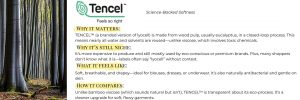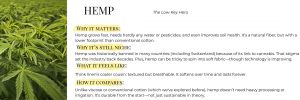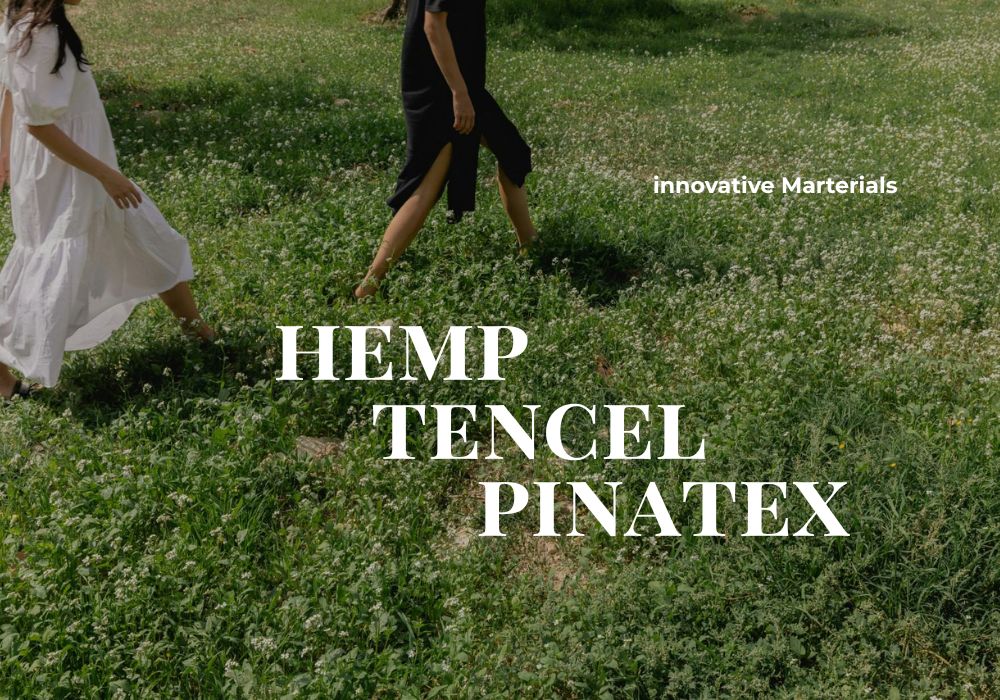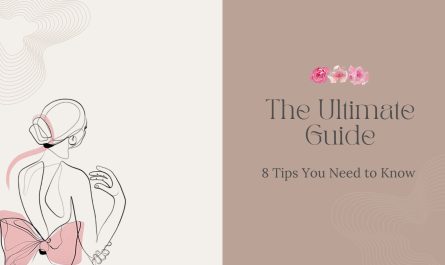Trying to shop sustainably can feel like walking through a maze—cotton, viscose, recycled polyester… green labels everywhere, but real answers? Not so much. Most of the materials we wear today were never designed with sustainability in mind. They’re cheap, convenient, and familiar—but they also come with downsides: high water use, chemical processing, and short lifespans.
But here’s the good news: new (and sometimes ancient) alternatives are on the rise. These aren’t science fiction—they’re already in real clothes, in real stores. And they have the power to change the fashion industry, one garment at a time.
Today we’re spotlighting three of the most promising ones—and why they’re still a bit under the radar.
Piñatex – Pineapple Waste, Reimagined
What if your next handbag or pair of shoes didn’t come from leather—or plastic—but from pineapple leaves? That’s the idea behind Piñatex, a fabric made from the waste left behind after pineapples are harvested. Instead of burning the leaves, they’re turned into a strong, leather-like material. It feels slightly stiff and textured, kind of like vegan leather with a matte finish—perfect for bags, shoes, or jackets. You won’t find it everywhere just yet (it’s still a newer material), but more and more designers are starting to use it, including some right here in Switzerland. What makes Piñatex special isn’t just the innovation—it’s the fact that it uses what we already have. No animals. No plastic coating. Just a smarter way to work with nature, not against it.


TENCEL™ – Science-Backed Softness
If you’ve ever worn something that feels buttery soft and breathable—almost like silk but without the sweat—you might’ve already met TENCEL™. It’s made from wood (yes, trees!)—usually eucalyptus—and produced in a super-clean process where nearly everything is reused. That’s what makes it stand out from materials like bamboo viscose, which sound eco-friendly but often involve harsh chemicals. TENCEL™ is different because it’s transparent, gentle on your skin, and genuinely better for the planet. You’ll find it in flowy dresses, soft blouses, even underwear—pieces that sit close to your body and deserve comfort without compromise. It’s not everywhere yet, but when you spot “TENCEL™” or “lyocell” on a label, it’s a smart upgrade that really feels as good as it sounds.


Hemp – The Low-Key Hero
Hemp might not be the first material you think of when it comes to fashion—but it should be. It’s a natural fiber that grows quickly, doesn’t need much water, and is tough enough to last for years. Think of it like linen’s sturdier cousin: slightly textured, super breathable, and surprisingly comfortable. And while it’s been held back in the past because of its link to cannabis, that stigma is fading fast—especially as brands rediscover how sustainable and versatile hemp really is. From jackets to T-shirts to everyday basics, hemp is showing up in stylish, durable ways that actually make sense for your closet—and the planet.


Why You Haven’t Heard Much About These (Yet)
Most of us wear cotton, polyester, or viscose because they’re everywhere. They’re cheap to make, easy to sew, and heavily marketed. These three materials—hemp, TENCEL™, and Piñatex—ask us to shift our mindset.
They’re not perfect, but they’re real alternatives that solve real problems. The only reason they’re not more common yet? Awareness, infrastructure, and price. But that’s changing.
So What Can You Do?
No need to throw out your whole closet. But if you’re ready to start somewhere meaningful:
Next time you shop, flip the label.
If you spot hemp, TENCEL™, or Piñatex—you’ve found a smarter choice. Try it. Wear it. Talk about it.
You don’t need to be perfect. You just need to be curious—and keep asking better questions.
—
Next Up:
In Blog 7, we’ll show you how to build a low-impact wardrobe and explore some of the best truly sustainable brands you can actually find here in Switzerland.
Catch up on previous posts—from decoding cotton certifications to the hidden truths behind bamboo and viscose.
How to Spot Greenwashing in Fashion
Polyester: Why Fashion’s Favorite Fabric Comes at a Cost
Cotton Confusion: How to Read the Labels Like a Pro
Not All Plant-Based Fabrics Are Sustainable—Here’s Why
What Are Your Clothes Really Made Of?
And if this gave you clarity, follow me on Instagram @labeldecoder for weekly facts, fabric deep-dives, and shopping tips.



